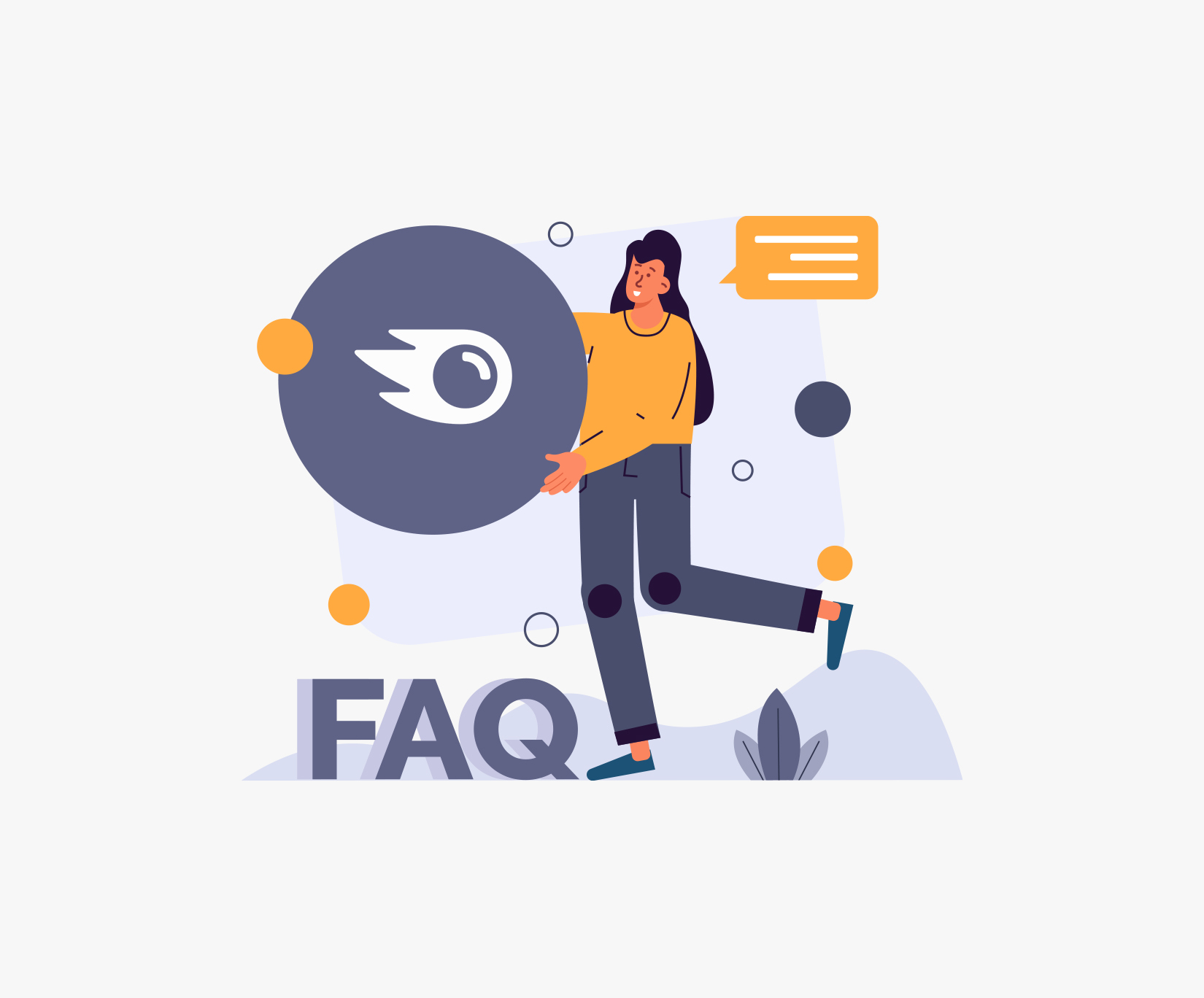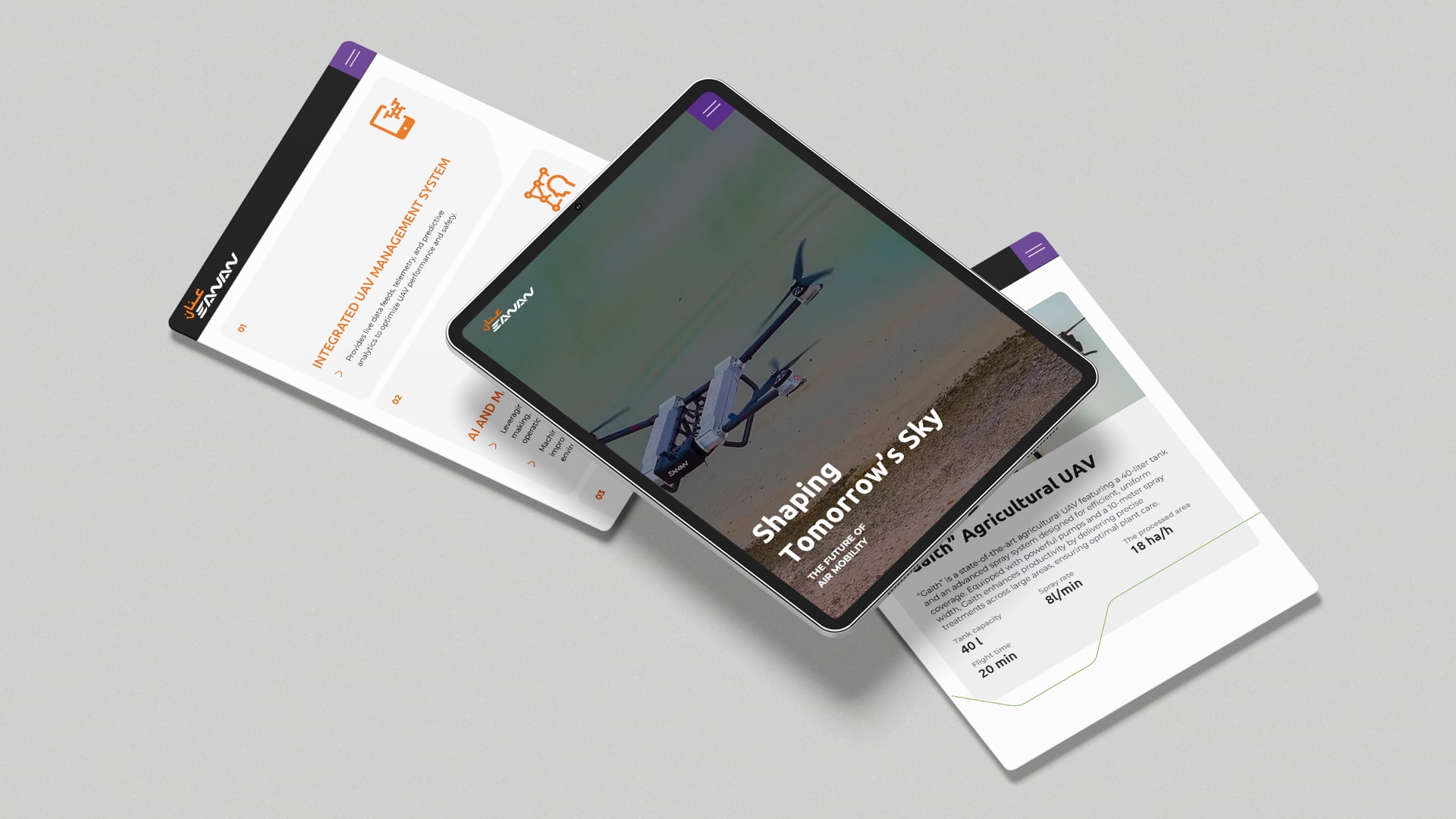Within the rapid search landscape we are navigating, FAQs and People Also Ask (PAA) boxes are two of the most powerful yet under-leveraged SEO opportunities. Both FAQs and PAAs provide excellent opportunities to connect with searchers, respond to their intent-based questions and take up additional space on Google results pages. You can leverage Semrush’s FAQ research and optimize for FAQ schema wisely to find a slew of new opportunities to boost visibility and reach.
In this article, we will discuss how to leverage Semrush to identify new Semrush PAA opportunities and optimize your FAQs to improve ranking.

Understanding FAQs and People Also Ask in SEO
Before looking at the tools, it is important to understand the purpose of the FAQs and PAAs.
FAQs are simple question-and-answer sections that enable users to look up information quickly. They also help search engines to recognise your expertise and serve answers in a formatted manner using FAQ schema markup.
On the other hand, the People Also Ask (PAA) box is how Google contextualises and defines user intent, building upon other related questions that users have clicked on and have developed further inquiry. Without thinking about PAA optimisation, optional users may not find your content where their curiosity peaked.
Both FAQs and PAAs ultimately enhance both discoverability and user experience. Lastly, along with the Semrush featured snippet opportunities analysis, you can optimally set the strategies for targeting both through a common, data-driven approach.
Why Identifying FAQ and PAA Opportunities Matters
Google’s SERPs are being increasingly consolidated by rich snippets, zero-click results, and different types of interactive formats, such as PAA boxes. If you’re not optimizing for these, you’re missing out on significant potential visibility.
Incorporating FAQs into your content creates structured content that Google enjoys. Your FAQ content can usually go a step further if you implement FAQ schema optimization, because it helps search engines better understand your page and allows you to be more eligible for rich snippets, which can, in turn, double your click-through rate.
Also, if you use Semrush and identify PAA opportunities, you will be finding keyword opportunities you may otherwise have missed through traditional keyword research. These keyword opportunities will help you adapt to conversational search trends. Having keywords in the form of full questions, rather than short phrases, will help your audience to see your work as more credible.
Lastly, FAQ content supports SEO FAQ strategies to cover intent-based topics for your blog posts, service pages, or, if your digital agency is located in Dubai, to build topical authority.
Conducting Semrush FAQ Research
Semrush FAQ research offers tremendous insight into question-based opportunities.
- Start with the Keyword Magic Tool. Simply enter your core keyword and apply filters for “who,” “what,” “how,” and “why.” This will immediately show related questions to inform your FAQ section.
- Next, refer to the Topic Research Tool. This tool shows you what your audience is asking about specific topics and also shows the most popular questions in your niche. From there, you can decide if a question makes sense for you to include in your content.
- Keep in mind to evaluate not just for keywords but also search intent, SERP competitiveness, and FAQ schema snippets. For the FAQ schema, this insight from Semrush will help ensure that you’re not doubling down on something well documented, you’re doing it angle that is not covered in detail.
- Lastly, explore the content performance over time. Combine this with Semrush AIO opportunities for AI-supported input that can identify closed-loop question variations or follow-up recommendations for future consideration to review and embed into content and ongoing optimization.
Exploring Semrush PAA Opportunities
The PAA functionality provides you with access to unexploited query-based questions that can provide canonical incremental traffic.
To identify Semrush PAA opportunities, start with the Organic Research Tool. Filter keywords based on the people also ask seo features. This will surface a list of questions your competitors rank for and the URLs that appear in PAA boxes.
Next, review the content structure. Are the highest ranking answers concise, have short paragraphs, or are formatted in a list? You can use this intelligence to format your answers in the same way.
You should also explore PAA results for the “people also search for” data within Semrush. This can inform your internal linking and help you create clusters around related content. As both the PAA and “people also search for” data carry signals that communicate improved topical depth, utilizing these two features provides you with comprehensive semantic signals, which the Google algorithm supports.
FAQ Schema Optimization for Better Rankings
- Schema markup may seem daunting, but it’s one way to help you improve your odds of being noticed by searchers.
- FAQ schema optimization is simply adding a bit of structured data that says to search engines, “Here is a question, and here is the answer.” This allows Google and other search engines to feature your Q&As right in the search results, often above and in front of your competitors.
- When using schema, make sure that for each question and answer you are clear, natural, and actually add value. You don’t want to stuff keywords or have duplicate content from another part of your site.
- You can test the markup using Google’s Rich Results Test to confirm there are no errors. If you are using a content management system (CMS), like WordPress, there are plenty of plugins that will automatically generate this schema based on your content.
- Having the right schema markup and doing the research into Semrush’s FAQ research provides you with schema data that aligns with actual searches from users, ultimately providing you the best opportunity for exposure from not only FAQs but PAA boxes as well.
Combining FAQ, PAA, and Featured Snippet Strategies
- Bringing FAQs, PAA, and snippets all together is one of the best ways to increase your reach.
- Utilising Semrush featured snippet opportunities will help you surface question-based keywords that already have featured snippets or PAA boxes. Write your content in the same style that directly, clearly and factually addresses that question.
- For snippets, keep your written response to less than 50–70 words, and provide detail in follow-up sections where needed. Using subheadings is a good practice to help Google parse FAQ questions more readily.
- Optimising FAQ and PAA not only increases chances to be featured in a key SERP position; it can also boost your overall E-E-A-T signals by demonstrating that you have comprehensively addressed a given topic.
Tracking and Measuring Your Results in Semrush
Once your optimizations are active, monitoring day-to-day progress is essential. Use Semrush’s Position Tracking Tool or the Visibility & Traffic Tool to find out how often your pages are showing up in FAQ or PAA results. You can track movements in visibility, impressions, and CTR over time.
To evaluate the effect of your FAQ schema Semrush work, watch for schema-rich results in Google Search Console and the SERP Features section in Semrush.
You can even watch for keyword volatility. Seeing which questions are on the rise or falling off search, in trends, helps you keep content fresh. The more you can update the FAQs, the more relevant your answer becomes to Google.
Common Problems to Avoid
Even experienced marketers can make errors when trying to target FAQs or PAA boxes. Avoid these mistakes:
- Over-optimizing keywords where: FAQs should sound natural and not robotic.
- Ignoring Search Intent: When we avoid answering questions that have no relevance/theme to your dear content.
- Poor Structure, like: Always a question with a subheading (H2/H3).
- Ignoring Updates as: Search intent constantly changes; therefore, your content should change over time.
By avoiding these mistakes, your FAQ and PAA content will typically continue to perform reliably over time.
Quick Checklist for FAQ and PAA Optimisation
- Conduct research on Semrush FAQ for question-type keywords.
- Identify Semrush PAA opportunities to target intent-rich topics.
- Implement FAQ schema optimization with valid markup.
- Utilise accurate and easily understandable answers (50 to 70 words) followed by expanded context.
- Research people also ask for SEO results to measure progress and growth.
- Link related posts or services like your digital marketing agency in Dubai page.
- Re-evaluate results monthly and update according to the FAQ schema, Semrush findings.
Conclusion
Question-driven search is playing a role in where SEO is headed. By utilizing Semrush FAQ research, FAQ schema optimization, and Semrush PAA opportunities, you can make sure your brand is positioned wherever users go to get answers.
By implementing these avenues, we build topical authority, trust, and equip your content to be a leader in the rich results space. Remember: SEO is not only about keywords; it’s about conversations!
Start small, which means that you choose one page for analysis, identify its relevant questions, and optimize using Semrush. When we consistently execute, it won’t be long before we see content appearing in PAA boxes, FAQ results, and featured snippets, proof that the smartest answers always win.
Related Post
Publications, Insights & News from GTECH








